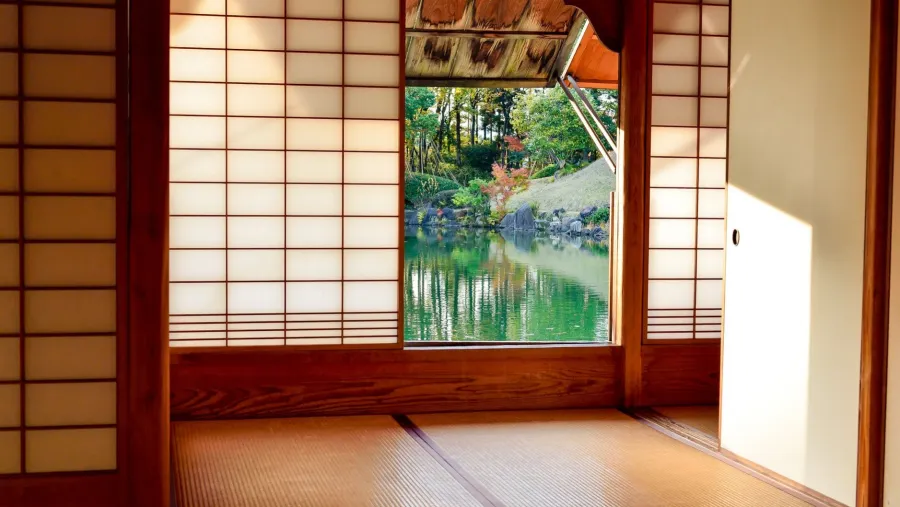
Tokyo residential rents down 4% in Q2 as market headwinds persist
Rents have declined again after a temporary rise in the previous quarter.
One full year has elapsed since rents first began to decline in Q2/2020. According to Savills, despite the 23W seeing a slight uptick in Q1/2021, along with the C5W, it has experienced another correction this quarter. Rents stand at the lowest level since early 2019 as a result. In fact, rents in both the 23W and C5W have remained below their four-period moving averages since Q3/2020, adding to the market’s already downbeat sentiment.
The peak spring moving season has passed, bringing with it the usual relocation to the capital for work and education. Specifically, following eight consecutive months of population decline, Tokyo prefecture finally welcomed around 10,000 residents per month in April and May 2021. Even so, it should be noted that this population increment is less than half of what was observed over the same period in 2019 and 2020, and the prefecture’s population now stands marginally higher than the levels seen at the end of last year. Somewhat paradoxically, despite the population increment seen in the 23W this quarter, occupancy rates have declined, further corroborated by a substantial increase in the number of residential listings seen when compared with the last quarter.
Here’s more from Savills:
A potential explanation here could be the prolonged state of emergency, which slowed the momentum of the economy, pushing the unemployment rate in Tokyo 0.5ppts above the lowest levels seen in Q3/2019. The Japanese economy has been experiencing a K-shaped recovery, and with certain industries like IT and semiconductors doing considerably better than other industries, this may have disproportionately weakened the spending power of some in the capital, consequently increasing the vacancy rates in some areas.
At the same time, this stifled demand is coupled with a larger number of rental condo housing starts in 2019 and 2020, intensifying the competition for tenants between landlords once these units come online, putting further stress on the market.
Owing to a less pronounced drop in rents in the C5W this quarter, its premium over the 23W has increased by 0.2ppts to 17.6%. Within the submarket, rents in previously more affordable areas have become somewhat more expensive in comparison, perhaps as the increase in flexible work arrangements has made location somewhat less important when looking for a new home.
Overall, nearly all submarkets have witnessed a drop in rents, with the Outer North and Outer East submarket standing out for their notable QoQ declines. Meanwhile, the West, Outer North and Outer East submarkets have all seen their spreads versus the 23W narrow, showing that these markets are indeed catching up with the broader 23W.
Average multifamily asking rents for the 23W have fallen by 2.0% QoQ and 4.2% YoY, landing at JPY3,964 per sq m in Q2/2021. Moreover, YoY rents have seen their third consecutive contraction, and as a result the growth accumulated over the past two years has been erased. When looking at the various submarkets, rents have seen a decline across the board, with many parring the overall gains seen in the last quarter. On a YoY basis, the decline was the most prominent within more expensive submarkets like the C5W and the Inner North, whereas some less expensive regions such as the Outer East actually saw an increase in rents YoY.
As with the majority of submarkets in the 23W, the C5W saw a contraction in rents this quarter. All constituents of the submarket also saw annual declines in rent. Specifically, rents fell 1.7% QoQ and 3.9% YoY to JPY4,670. Looking closely at each individual ward, Shibuya saw the largest quarterly and annual contractions of 1.6% and 5.8% respectively. Understandably, the comparatively quicker uptake of remote work by office tenants in the ward may have lessened the appeal of paying a premium to also reside there, impacting rents as a result.
In contrast, Chiyoda saw a small increase in rent over the quarter, despite a moderate annual decline. To an extent, this trend can be attributed to the combination of the ward being the least populated in the 23W and the profile of its residents, namely high earners working in the vicinity. Therefore, these people are likely to have more financial protection from the pandemic and are subsequently less incentivised to move. Indeed, the C5W residential market seems to be moving in sync with its office market: Shibuya has seen a significant decline in office rents, whereas offices in Chiyoda have been much less impacted.
The South submarket saw a small correction in rents this quarter to JPY4,093 per sq m – translating to a decrease of 1.2% QoQ and 1.9% YoY. However, as in the previous quarter, the performance observed in the submarket was split unevenly. For instance, Ota and Setagaya both saw positive YoY growth of 1.5% and 0.4% respectively. Shinagawa, meanwhile, with its reputation as the sixth central ward due to the large number of offices in the area, was home to the greatest decline in rents this quarter of 2.5%.
A large proportion of the ward’s office tenants are those of middle or back-office functions who are likely to have also implemented remote work. Similar to Shibuya, therefore, many residents of Shinagawa that had previously stayed there for the convenience of a short commute may have been incentivised to move, thus causing rents to weaken. Lastly, despite seeing its fourth consecutive quarterly decline of 1.9% QoQ, Meguro still maintains its status as the fourth most expensive ward in Tokyo.
Rental growth in the Inner North submarket was flat over the quarter, yet rents fell 4.3% YoY to JPY4,112 per sq m – the largest decrease amongst all submarkets. It is worth noting, however, that despite this recent hiccup, rents in both wards remain comfortably higher than two years ago. Here, Bunkyo stands out with its large annual decline in rents of 7.0% YoY.
Notably, despite this contraction, the ward saw its overall population increase during the pandemic thanks to its reputation for being family friendly owing to its history as a residential and educational centre. Elsewhere, Toshima saw a moderate decline of 1.2% YoY. Unlike its counterpart, Toshima’s population declined in 2020, fuelling a large increase in the number of listings – suggesting a further correction may be on the horizon if the impact of the pandemic lingers.
While the Inner East submarket has outperformed the 23W average, it still experienced a moderate decline of 2.4% YoY, as well as a quarterly decline of 1.2%. However, the annual decline was from the all-time highs seen in Q2/2020, and it should be noted that current rents of JPY3,915 per sq m are still clearly above levels seen two years ago. Within the submarket, Sumida saw the largest annual decline of 4.0% YoY, whereas Koto saw the smallest – falling only 1.0% YoY.
Known for its convenient access to central locations via the JR Chuo line and the availability of greenery, the West submarket saw its rents peak in the previous quarter. It has since decreased by 2.5% QoQ to JPY3,720 per sq m, though it was one of the only submarkets that had positive annual growth (0.5%). At the ward level, Nakano – the most expensive ward – accounted for most of the submarket’s annual growth as rents jumped by 3.2% YoY. In contrast, rents in both Nerima and Suginami dropped over the quarter and the year.
Average rents in the Outer North submarket saw a correction over the quarter, falling 1.2% to JPY 3,529 per sq m. Over the year, however, rents maintained growth of 2.2%. Whilst the submarket remains the second least expensive in the 23W, its mild growth in concert with the declines seen in the broader market has brought it closer to the 23W average. Growth in one of its constituents, Itabashi, was partially marked, with rents 4.2% higher compared to the previous year.
Rents in the Outer East experienced the largest annual growth in the entire 23W of 4.4% to JPY 3,266 per sq m in Q2/2021. Moreover, it is the only submarket where every constituent saw positive annual growth, with Katsushika and Adachi posting an impressive rental surge of 5.7% and 5.0% respectively. Even after this, however, the submarket continues to be the least expensive submarket. Over the quarter, although rents declined across the board, it is worth noting that the 1.8% contraction in rents comes from the all-time highs set in Q1/2021.
Note: In order to illustrate trends in the central Tokyo residential market, Savills has segmented Tokyo’s 23 wards (23W) into seven distinct geographical areas: Central (or “central five wards”), South, West, North (Inner and Outer) and East (Inner and Outer).


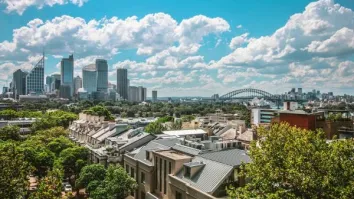

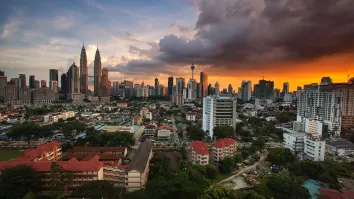
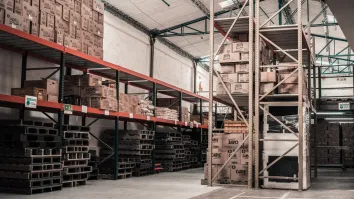



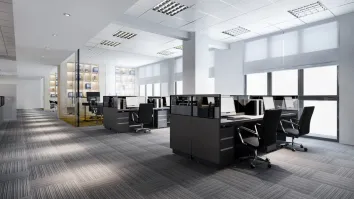



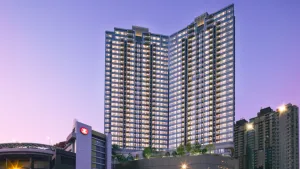





 Advertise
Advertise




